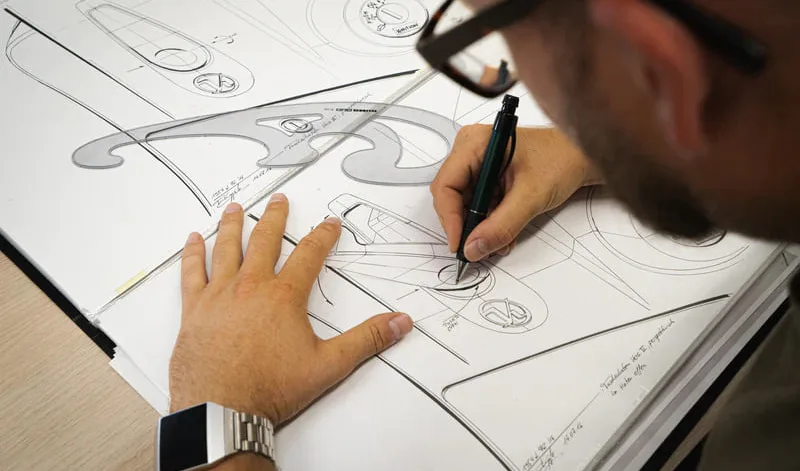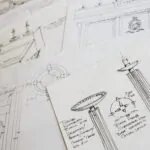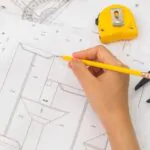Hatching and shading in patent drawings serve specific purposes and are used to convey additional information about the depicted subject matter. Hatching and shading is often used in design patent drawings to differentiate elements. Below are the primary purposes of hatching and shading in patent drawings:
Distinguish Between Elements:
Hatching: The use of diagonal lines (hatching) is often employed to distinguish between different elements or materials within a single part of an invention.
Shading: Shading, which involves darkening or adding density to specific areas, helps differentiate between surfaces, textures, or components.
Highlight Cross-Sections:
Hatching: In cross-sectional views, hatching is frequently used to indicate the cut surfaces and to show the internal structure of an object.
Shading: Shading can accentuate the depth and spatial relationships within a cross-sectional view, making it easier to understand the internal features.
Show Hidden or Invisible Parts:
Hatching: Hatching is employed to represent parts that are hidden or invisible in the depicted view.
Shading: Shading may be used to suggest the presence of hidden components or to emphasize the presence of voids or openings.
Illustrate Material Variations:
Hatching: Different types of diagonal hatching can indicate variations in materials, helping to specify the composition of various parts.
Shading: Shading is useful for conveying material changes, such as different surface finishes or the use of transparent or translucent materials.
Enhance Visual Clarity:
Hatching: The use of hatching and shading enhances visual clarity by providing a three-dimensional aspect to the otherwise flat drawings.
Shading: Shading, especially in perspective views, adds realism and depth to the drawings.
Indicate Direction or Movement:
Hatching: In some cases, hatching is used to indicate direction or movement, such as in flow diagrams or depictions of dynamic systems.
Shading: Shading may be used to highlight the direction of light sources, giving a sense of perspective and movement.
Improve Aesthetics:
Hatching: Properly applied hatching can contribute to the overall aesthetics of the drawings, making them more visually appealing and easier to interpret.
Shading: Shading, when used judiciously, can enhance the overall presentation of the invention in the drawings.
Comply with Patent Office Requirements:
Hatching and Shading Guidelines: Different patent offices may have specific guidelines regarding the use of hatching and shading. Adhering to these guidelines is essential for successful patent application prosecution.
It’s crucial to note that the use of hatching and shading should be consistent, clear, and follow the rules and guidelines of the relevant patent office. These techniques are powerful tools for conveying information visually and can significantly contribute to the clarity and understanding of patent drawings. They should be employed judiciously to avoid confusion or misinterpretation.







